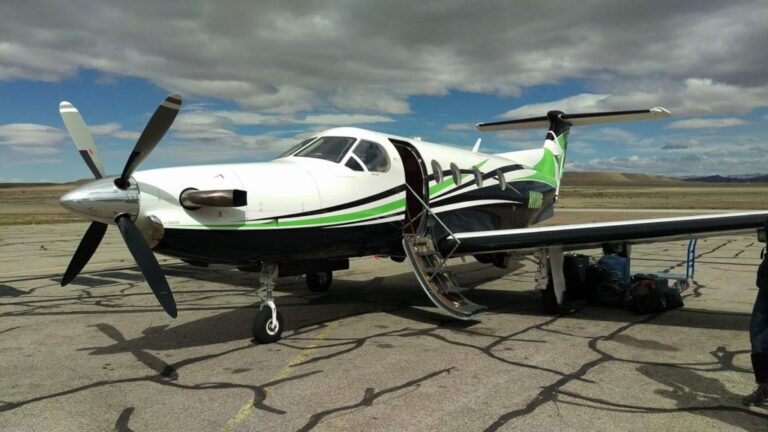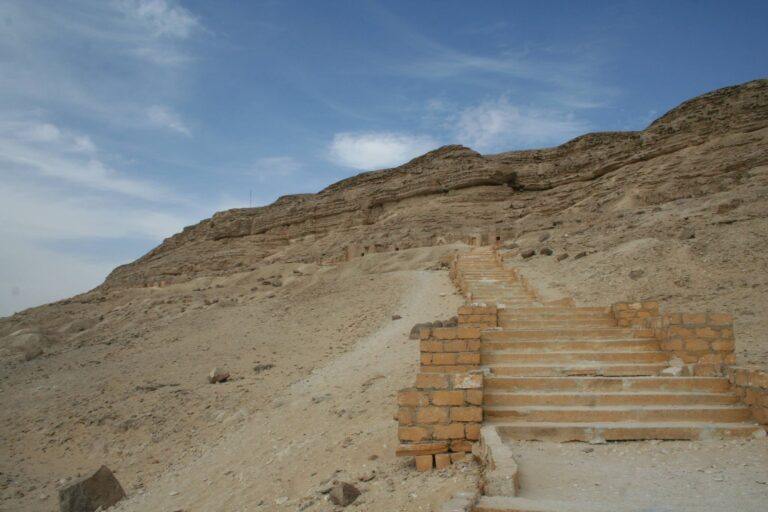Rafting the Grand Canyon is the first trip into the backcountry I’ve ever taken with an outfitter. Western River Expeditions, the outfitter my trip was booked with, provides a gear list as well as information and suggestions about packing your bag for this trip. They provide tents, cots, sleeping bags, and a variety of other items you’ll need, so you really only have to provide your clothing, toiletries, river gear, and a duffle bag to put it in. But, even as well equipped as I am as a backpacker and even a flat-water kayaker (let’s be real… I own a kayak. I am not a “kayaker.”), I am not equipped for multi-day whitewater.
The items needed at camp were simple. A pair of leggings, a couple of pairs of underwear, socks, crocs, basic toiletries, camp suds, etc. I also brought along a way to charge my phone, which served as my camera during the trip. A solar charging brick, my phone on airplane mode, and a waterproof case ensured I had great pictures and videos of the entire trip.
There were two major differences between packing for this trip and packing for my previous backcountry trips:
1) I didn’t have to worry about bears. This meant I could wear deodorant, have scented chapstick, have food items that lived in my bag in the tent, etc. This was a first for me, and it took a little self-assurance to convince myself it was ok.
2) I didn’t need any of my actual backcountry gear. Sure, I brought my rain gear, long underwear, and light jacket but no tent, no sleeping bag, no camp pad (although I wished I’d had it. Cots are awful.), no backpack, no hiking boots.
With backpacking, weight is always a concern, so the need to keep my bag under 20lbs for the sake of the helicopter ride out of the canyon wasn’t anything new to me.
The big thing that WAS new to me for this trip was the river gear. I.e., what I’d be wearing for 8 – 12 hours per day while on the raft, in the rapids, hiking upside canyons, splashing in natural pools, and so on, this meant things that could get wet, stay wet, dry quickly, keep me warm while being wet, and were still comfortable enough for short hikes, maneuvering around land and raft, and hanging on while we plowed through class 10 whitewater.
Another factor was the sun. The canyon does have shade in places, but there’s a lot of time spent in the sun, especially to dry off. I burn very easily and hate sunscreen. I wear it, of course, but the less sunscreen I had to wear, the better.
After extensive thought followed by very little research, I went with a two-piece swimsuit with high-waisted bottoms and a sports bra-like top, leggings made from swimsuit material with SPF 45+, a zip-up rash guard top, Keen water shoes with closed toe and decent tread, neoprene gloves, neoprene socks, and a boonie cap with a hole for my ponytail. I also had my rain jacket and rain pants to help keep the shock of the 50-degree Colorado River to a minimum.
This gave me significant coverage for sun exposure, was entirely quick dry, provided warmth when needed, and was configurable to various conditions. I was able to get everything I didn’t already own on Amazon, and for less than $100, I was river-ready. Despite my opting to go with the least expensive option of each item I could find on Amazon, I was extremely happy with my decisions here. Everything worked exactly as planned and expected.
I made two other major packing decisions:
The first was what to do about my ankles. Almost four months before the start of this trip, I broke my ankle while hiking in Utah. Several weeks after that initial injury, I stepped off a sidewalk wrong and severely sprained the other ankle. I started physical therapy two weeks prior to this trip, but I was still very uncertain about the hiking and whether or not my ankles would hold up.
For this reason, I brought foldable hiking poles and ankle braces. My thought was that I could dry my feet off with a microfiber towel (nope), put on the ankle braces (never bothered), add dry socks (I could have, but they would have been wet in seconds), and wear my Keens (never dried throughout the entirety of the trip) to hike. My ankles wound up being fine as long as I was careful, although they were often sore, especially after one day of lots of hikes.
The last major packing decision was maps. I don’t travel without maps. There’s a well-known Grand Canyon river guide that I purchased as an option. It includes all the rapids, campsites, some history and geology facts, and other relevant information.
When the book arrived, I was severely disappointed in the maps. They only covered the river with little to no information about anything further than a quarter mile or so away from it. The book had interesting information but not nearly the detail I wanted from a map. I went back to Amazon and purchased the full set of Grand Canyon National Geographic maps, my go-to option for backcountry exploration.
I had intended to return the guidebook, but due to a lack of reading return instructions, I still had it when I returned from the trip, and I’m glad I did. Having both the maps and the guidebook helps create a complete picture of the river itself, the rapids, and the surrounding area.
With the exception of the hiking poles and ankle braces, I didn’t bring anything unnecessary, and everything I did have worked great! I’m now fully equipped for the next time I decide to go on a multi-day whitewater trip, although unless I win the lottery, it’ll probably be a while.




